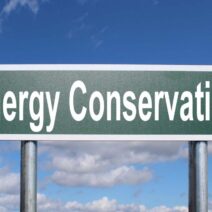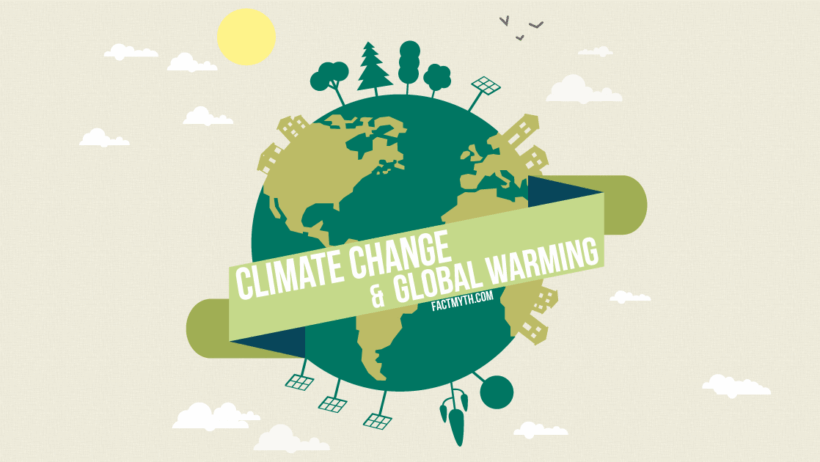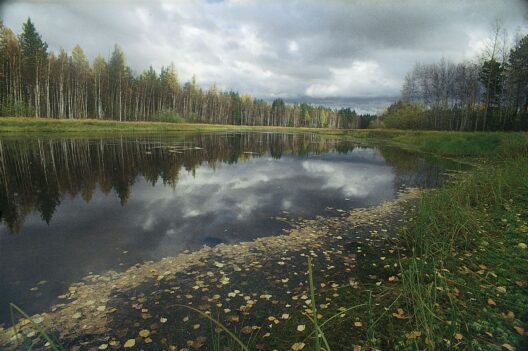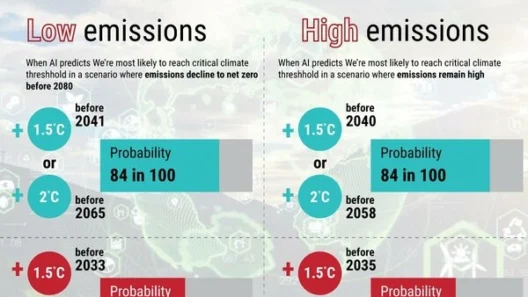When discussing the environment and the dire circumstances surrounding it, two terms often arise: “climate change” and “global warming.” At first glance, they may appear interchangeable, leading many to conflate their meanings. However, a deeper examination reveals that each term represents distinct phenomena, with unique implications for our world. So, what’s the real difference between climate change and global warming? And why should we, as global citizens, care? Let’s embark on an enlightening exploration of these terms.
Global warming refers specifically to the long-term rise in Earth’s average temperature, primarily due to increased concentrations of greenhouse gases such as carbon dioxide and methane. This phenomenon can be traced back to human activities, especially the burning of fossil fuels and deforestation, which release these gases into the atmosphere. As these gases accumulate, they create a “greenhouse effect,” trapping heat that would otherwise escape back into space. The result? A gradual yet alarming increase in global temperatures.
Climate change, on the other hand, encompasses a broader range of alterations in the Earth’s climate system. While it includes global warming, climate change also refers to variations in precipitation patterns, ocean currents, and even the frequencies of extreme weather events. These changes can manifest as shifts in ecosystems, habitats, and biodiversity. Moreover, climate change can be influenced by natural factors such as volcanic activity and solar radiation, but the predominant driver in contemporary issues is anthropogenic—man-made impacts.
One of the most significant distinctions lies in their temporal scales. Global warming is a measurable trend confirmed by scientific data indicating a rise in temperatures over the past century. Conversely, climate change can involve both short-term weather fluctuations and long-term climatic shifts. For instance, an extraordinarily rainy season followed by droughts may not indicate a warming Earth in isolation but represents a fluctuation within the broader framework of climate change.
The implications of understanding these distinctions are profound and multifaceted. By focusing solely on global warming, we risk neglecting issues linked to climate change that may not correlate directly with temperature increases. For example, the melting of polar ice caps not only contributes to rising sea levels but also alters ocean salinity and circulation patterns, leading to unforeseen consequences in climate systems globally.
Now, let’s pose a playful question: if global warming is the fever, what, then, is climate change? The answer lies in the broader malaise affecting our planet. Just as a fever can indicate various underlying health issues, global warming signals the urgent problem of excessive greenhouse gases, while climate change illustrates the cumulative and cascading effects of that problem on Earth’s complex and interrelated systems.
Furthermore, the communications gap surrounding these terms can pose challenges for environmental policy and public understanding. Policies aimed solely at mitigating global warming—such as reducing carbon emissions—are indeed essential but may overlook the necessity of preparing for unpredictable climate change effects. For example, strategies to combat extreme weather resilience must be incorporated into urban planning discussions to ensure communities can adapt effectively.
Moreover, the intersections of social justice, economics, and politics complicate our collective response to climate-related issues. Those who contribute least to greenhouse gas emissions often bear the brunt of climate impacts. Vulnerable populations face challenges such as food scarcity, displacement from rising sea levels, and health risks from deteriorating air quality. Understanding the difference between climate change and global warming is paramount for effective advocacy and equitable policy solutions.
The scientific community has rallied around the necessity of addressing both global warming and climate change, urging for significant investment in renewable energies, sustainable agricultural practices, and improved resource management. Innovative technologies such as carbon capture and storage, alongside regenerative agriculture, offer potential pathways to mitigate both phenomena. However, the urgency of the climate crisis dictates that additional collaborative efforts are needed on a societal, national, and global scale.
Engaging the public in dialogues about climate change and global warming can help demystify these concepts. The distinction can serve as an entry point to educate individuals on the ramifications of their decisions, from energy consumption to waste reduction. As citizens become more informed, they can collectively push for systemic changes, advocating for legislative measures that align with sustainable practices.
In conclusion, while climate change and global warming are inherently linked, understanding their distinctions is crucial for developing comprehensive strategies that address the myriad consequences of our actions on Earth. The effects of climate change ripple through ecosystems, economies, and communities, and awareness is the first step toward effective action. As stewards of the planet, let us champion informed and thoughtful discourse, fostering a future that acknowledges the intricacies of our ever-evolving climate.







